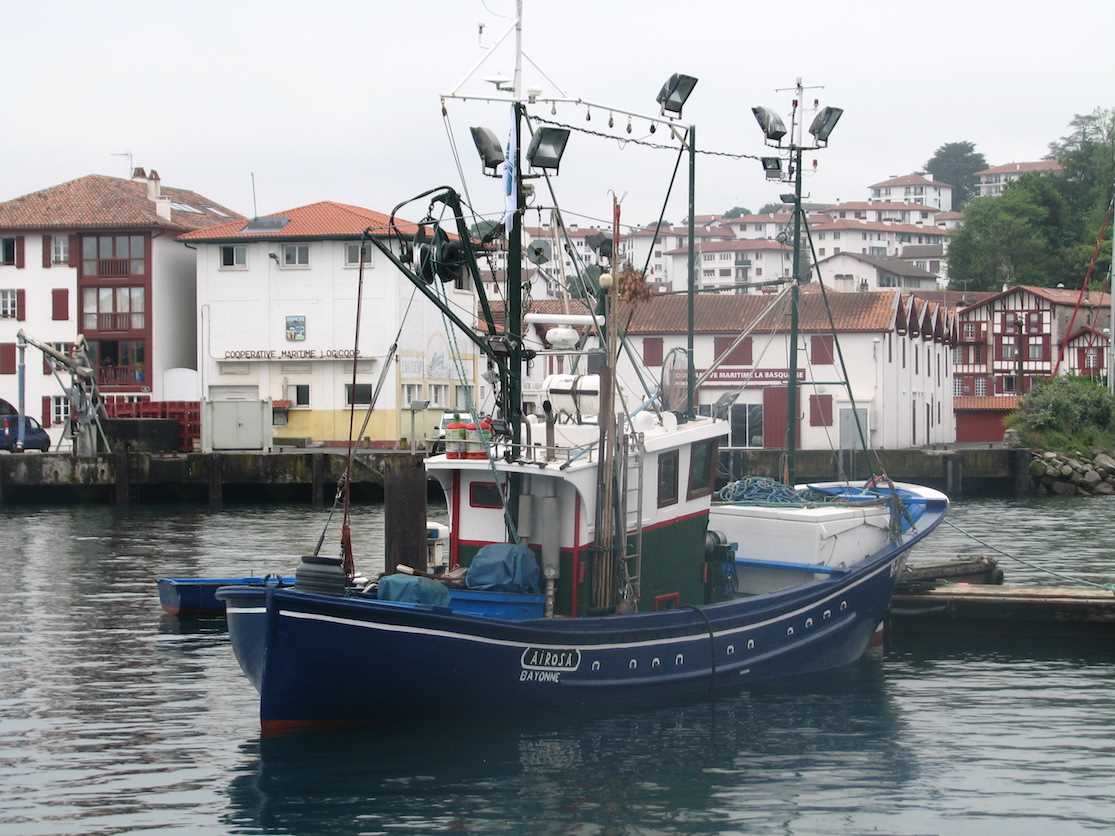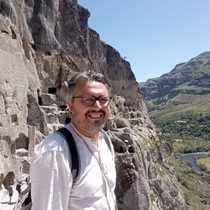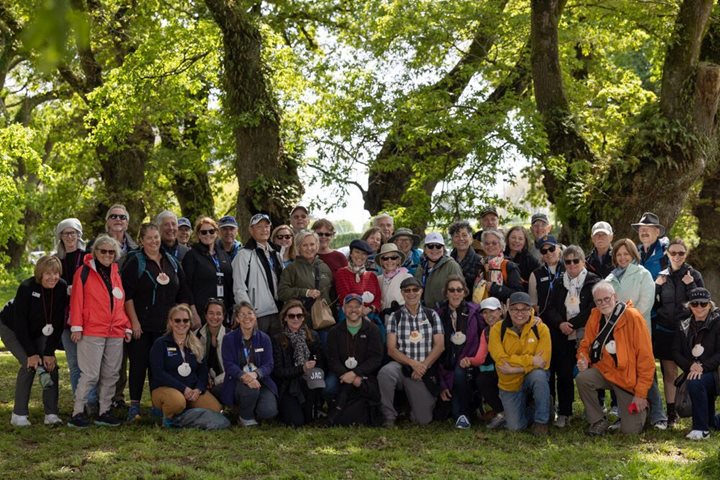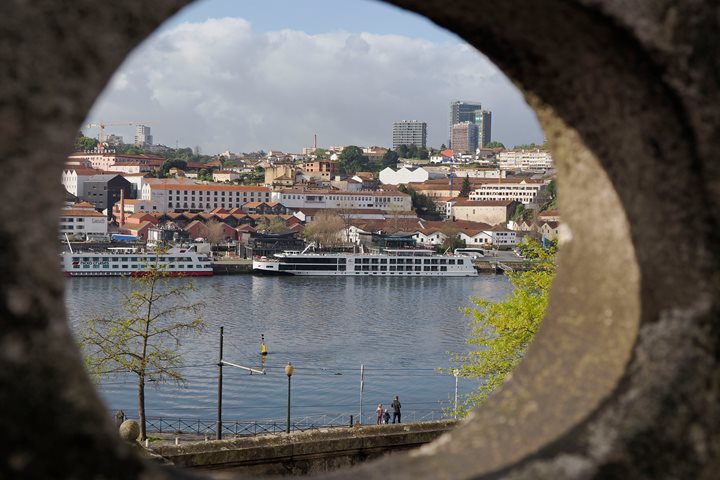National Geographic Orion crossed the narrow channel of the port of St. Jean de Luz. Once moored in the centre of the Bay, National Geographic Orion launched four Zodiacs to send our guests ashore. Soon our guests were walking across St. Jean de Luz marina, in this tiny picturesque and lazy fishing village of the French Basque country. Our destination however was inland, on the traditional country side surrounding the Nivelle, the small river that 200 years ago saw some of the most vicious fighting of the Peninsular War. Close to the Spanish border, this was a land of farmers and smugglers. We visited first the village of Ainhoa, a little gem that have preserved the atmosphere of the XVIIth century. Later, on Sare, we visited the traditional Basque “caserio” of Ortilloptiz and tasted some of the local products. Over our heads a group of vultures circled the sky in hot air current to ascend over the Rhune, the highest mountain on the Pyrenees on this area.
Back aboard the ship, we repositioned to Pto. Pasaia, the first harbour back in Spain and the nearest to the elegant city of San Sebastian. Pto. Pasaia was one of the best natural harbours in the area. A narrow water channel surrounded by cliffs opened into a branching small fjord with a beautiful fishing village on one side and a busy industrial port on the other. We boarded our coaches soon after the arrival of National Geographic Orion and headed to San Sebastian to spend there the rest of the day. First we drove to Monte Igueldo, one of the two hills overlooking the bay. There, from the lookout erected around an old amusement park, we enjoyed the scenic view of the unspoiled Concha Bay, the seafront of nowadays the wealthiest city of Spain. Summer capital of Spanish queens in the late XIXth century, San Sebastian has preserved its royal atmosphere and elegance and has avoided the speculative building that destroyed most of the Spanish coastal towns and cities during the XXth century.
After a short walking tour in the old city next to Mount Urgull and some free time to navigate the pintxos bars of the area, we again boarded our coaches and headed towards a cider house. Usually open only during the cider season, these houses are the favourite social meeting point for the Basques. Cider houses serve food, but everybody goes there for the cider. Next to the eating rooms, in the cellars, there are huge barrels containing each one several tonnes of cider. Thirsty costumers can freely go to the cellar, open the tap of the barrels, fill their glasses and drink as much cider as they can. The process, however, has its own traditions. In order to announce the next round, someone takes the lead and shouts “txotx.” Everybody follows him to the cellar and form a queue. When the leader opens the tap, the barrel projects a jet of cider that has to be blocked in the air with the glasses.
After the dinner a musical event was awaiting for us in the cider house. Kepa Junquera, the most renowned Basque musician performed, offering us an amazing concert with old and new songs from his repertoire. With the support of four dancers and performers, he offered us an exciting Basque traditional music experience that became one of the highlights of our trip.







